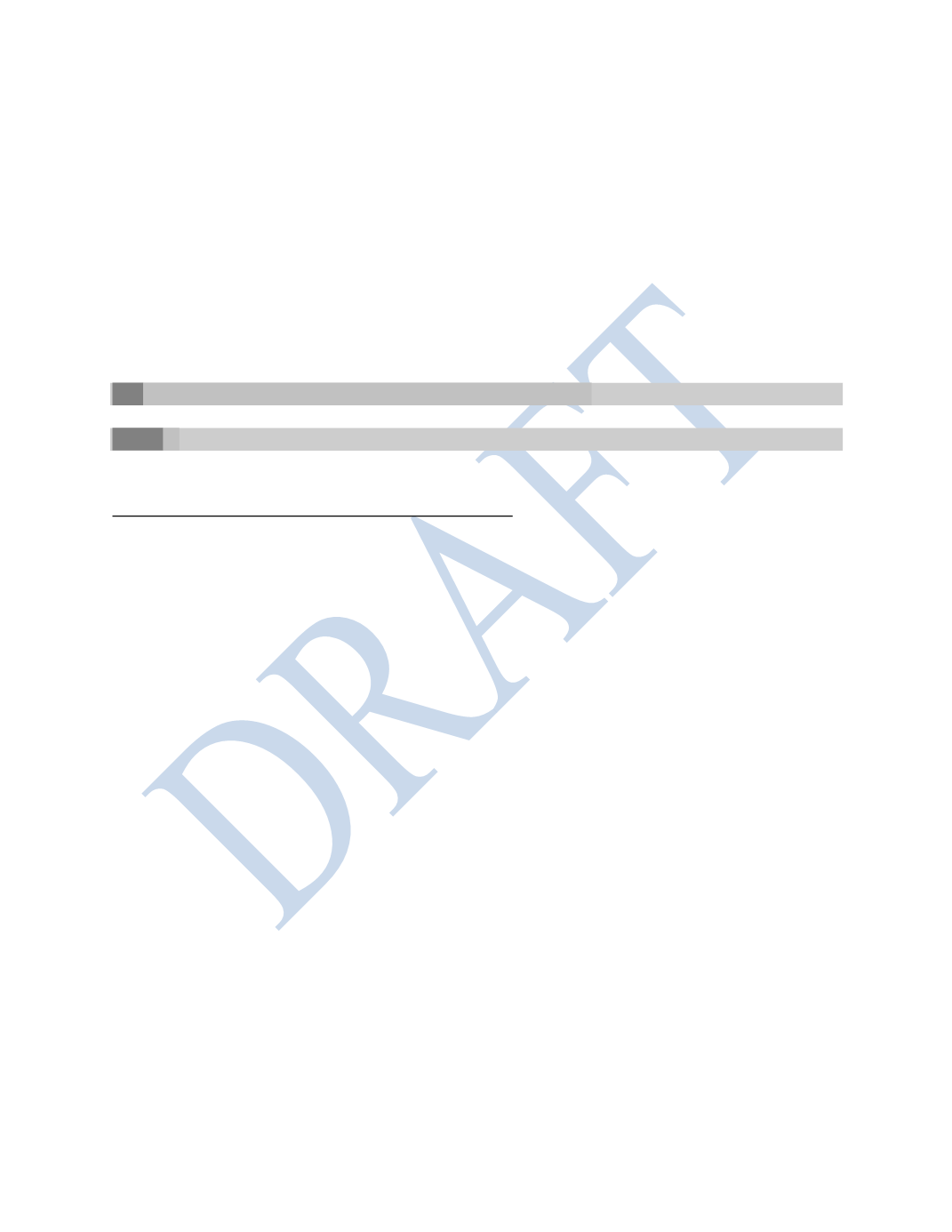

75
DoDEA School Health Services Manual 2942.0 Volume 1 Revised: 2016 DRAFT
principal as soon as possible after the error is discovered. A Medication Incident Report
should be completed (see SHSM Form H-3-5, Medication Incident Report).
Reference:
Selekman, J. (2013).
School Nursing A Comprehensive Text
(2nd ed.).
Philadelphia, PA: F. A. Davis Company.
Schwab, Nadine C. and Gelfman, Mary H. B. (Eds.). (2001). Legal Issues In
School Health Services: A Resource for School Administrators, School Attorneys,
and School Nurses. North Branch, MN: Sunrise River Press.
F-4 Office Visits, First Aid and Medical Emergencies
F-4-1
Procedures for Illness and Minor Injury
School nurses use the nursing process to evaluate each health-related encounter.
School Nursing, Scope and Standards of Practice, second Edition, 2011, American
Nurses Association identifies the nursing process as:
•
Assessment – the school nurse collects data pertinent to the event. Data should
include, but is not limited to, the subjective complaint of the client, objective
assessments such as vital signs, observations as to the client’s perceptions of
their comfort* and emotional state.
•
Nursing Diagnosis – the school nurse analyzes data to determine the pertinent
issues to address.
•
Outcomes Identification – the school nurse identifies expected outcomes related
to the event.
•
Planning – the school nurse develops a plan that prescribes strategies and
alternatives to attain the expected outcomes.
•
Implementation of the plan, which includes coordinated health care as well as
health teaching and health promotion. Implementation may also include
consultation with others, the sponsor/parent/guardian, or teachers to effect the
desired change.
•
Evaluation – the school nurse evaluates the client’s progress toward the
expected outcomes.
*As part of the assessment, the school nurse assesses the client’s comfort or
pain level. The school nurse is to assess what the client perceives as causing the pain,
quality of pain, the location/region of the pain, the severity of the pain, and the timing
or triggers for the pain. As pain is an individual experience, the school nurse must rely
on client self-reporting of the pain intensity. The pain may be assessed through
observation, questioning the client, and via a pain rating scale. There are various
assessment tools to assist the school nurse and client to report pain intensity. For



















